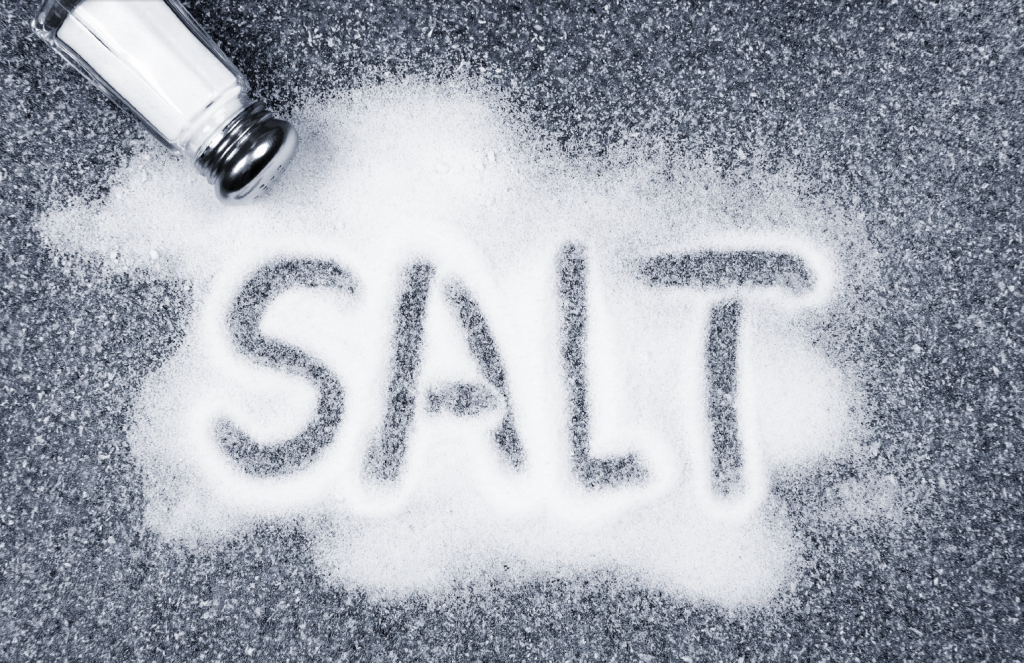Many of us eat too much salt resulting in high blood pressure and increasing your risk of health problems such as heart disease and stroke. But a few simple steps can help reduce your salt intake…
Adults should eat less than six grams of salt each day – about one teaspoon. This includes the salt that’s contained in ready-made foods like bread, as well as the salt you add during cooking and at the table. Here are some tips to help you cut down:
Avoid high salt foods – Everyday foods which push up your salt intake include bread, salads, sandwiches, soups, snacks such as crisps and biscuits, processed and smoked meat and fish, cheese, pasta sauces and table sauces. In fact, 75% of the salt we eat is already added to the food we buy.
When cooking for yourself – Cook from scratch using unprocessed meat, fish and vegetables and use fresh, tinned or frozen vegetables with no added salt. Avoid adding salt during cooking and try adding other flavours instead. Don’t add salt at the table and cut back on sauces and gravy.
When eating out – Choose wisely and avoid high-salt dishes containing ham, bacon, salami, smoked fish and cheeses. Ask for little or no salt to be added to your meal and use lemon juice or black pepper at the table. Watch out for hidden salt in salads – they often have many salty additions, such as croutons, olives, anchovies, dressings, marinated meat/vegetables, cured meat such as ham or bacon, smoked salmon etc.
Always ask for your sauces and dressings to be served ‘on the side’ so that you can choose how much to use.
Check the label! – Look at the figure for salt per 100g. If the label says more than 1.5g salt (0.6g sodium) per 100g, it is HIGH. LOW foods contain 0.3g salt (0.1g sodium) or less per 100g.
To help you on your fitness journey why not use the free Wellbeing Zone health and fitness app? Or enquire about how Kent Sport can help at the Sports Centre or Pavilion receptions. To keep up to date with Kent Sport, find UniKentSports on social media.

